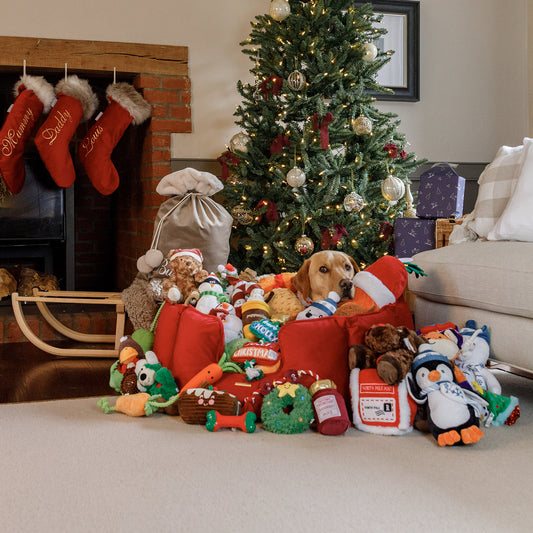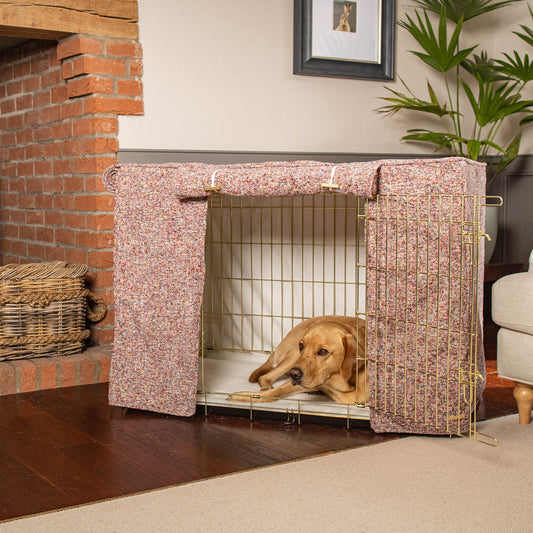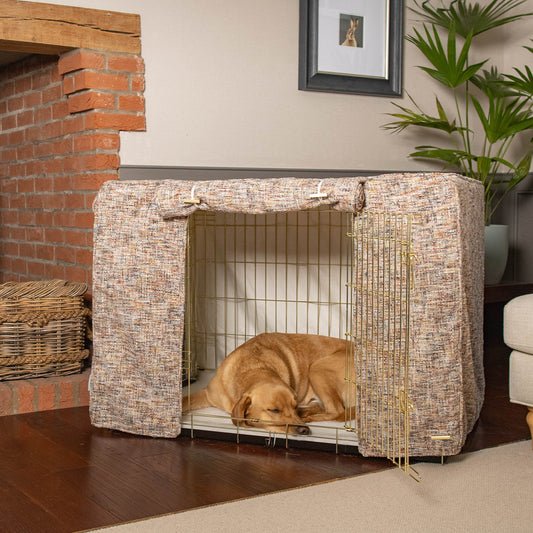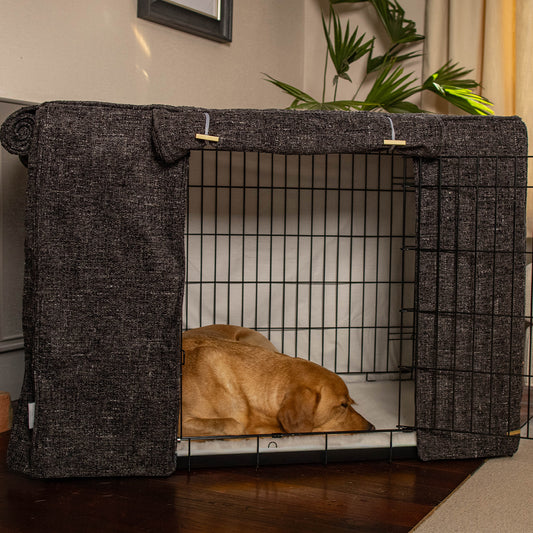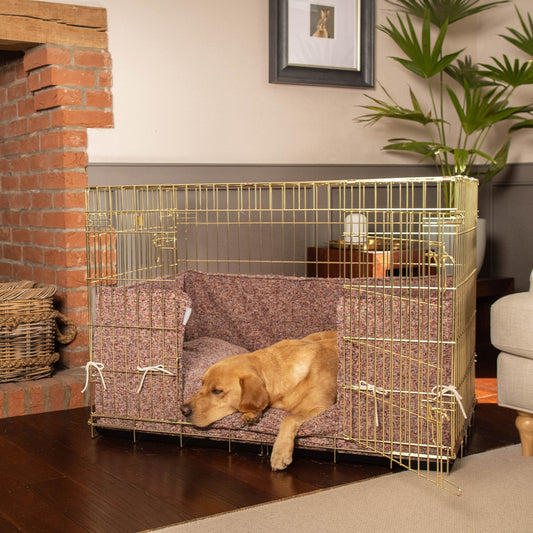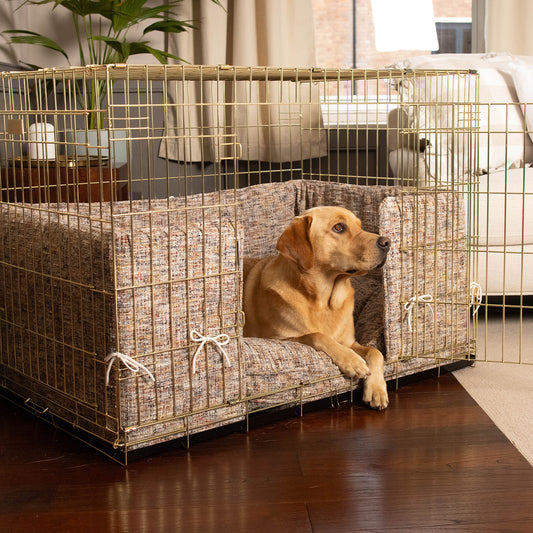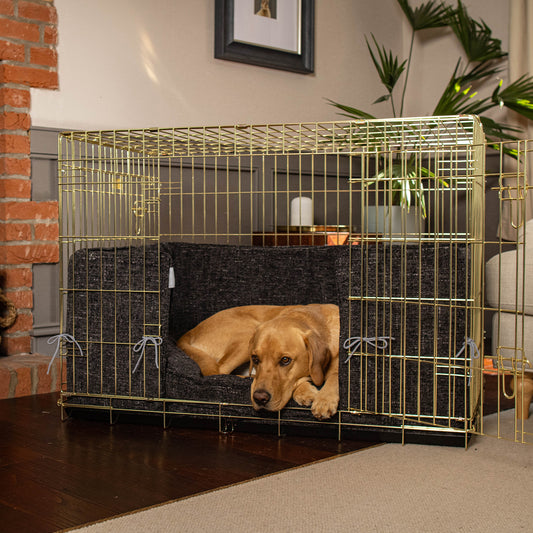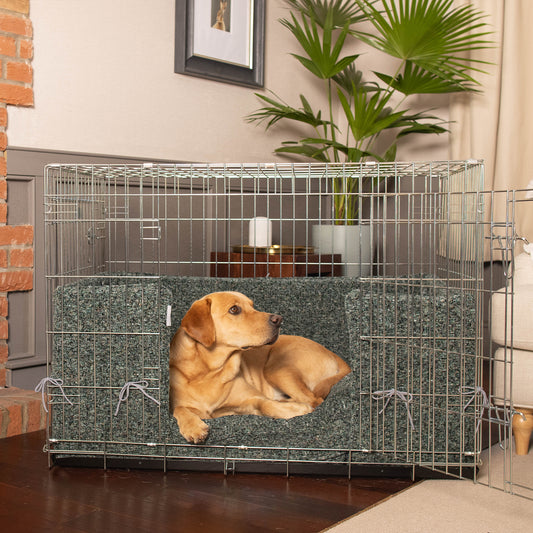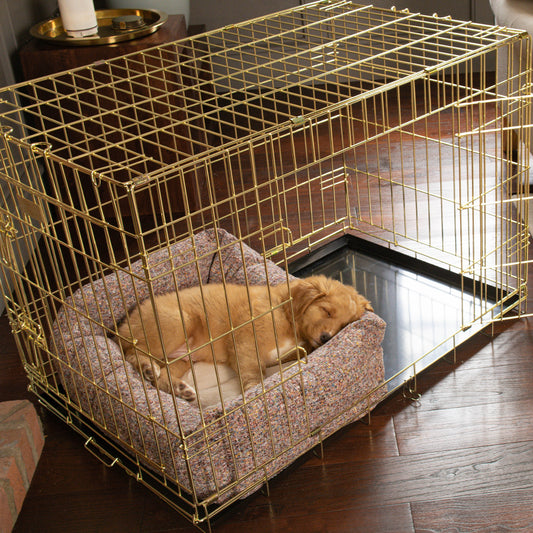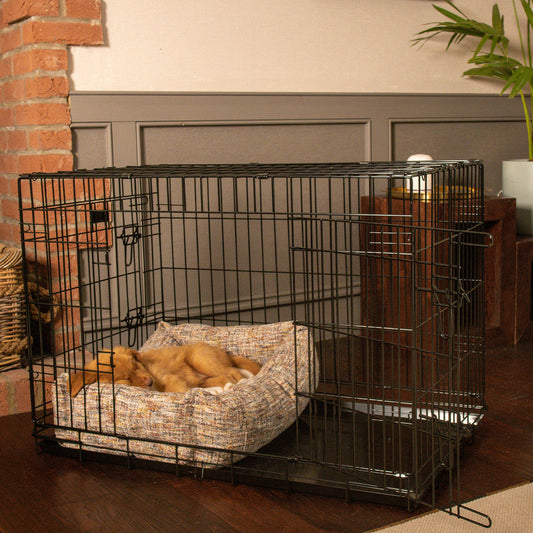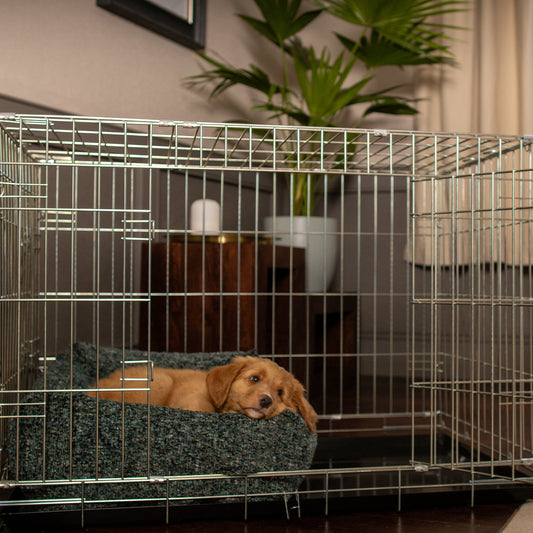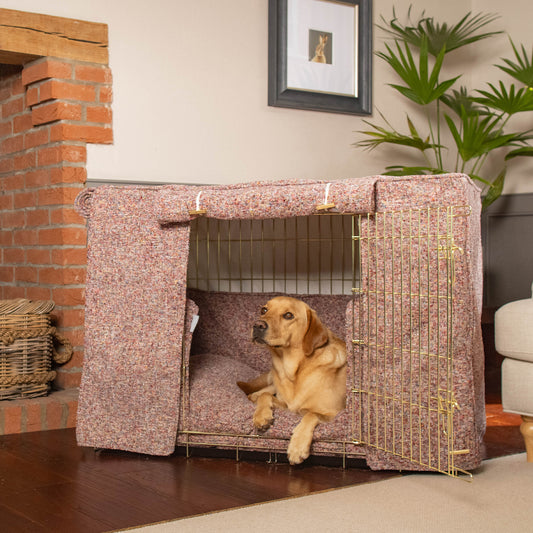Any time you take your dog for a walk, you need to make sure they’re comfortable and that they’re safe from any potential dangers. However, if you’re using unsuitable accessories for walking your dog, you could make it easier for them to come loose from the lead, cause short or long-term damage to their body or reduce the likelihood of being able to pull them away from any dangers you may encounter while you’re out.
Depending on the breed and personality of your pooch, a dog harness may be more suitable than simply attaching the lead to their collar. In this blog, we explain the benefits of using a dog harness, look at how effective they are and offer tips on how you can choose the right harness for your dog.
What Are Dog Harnesses Used For?
A dog harness is an alternative method of controlling your dog during walks that offers different benefits to using a traditional collar and lead. Instead of simply clipping your lead onto your dog’s collar, a harness wraps around their chest and clips to a lead at the top of the harness, often around their back area.
If you’re considering using a dog harness but don’t know whether or not it would benefit your dog, you may be interested to learn more about why dog owners use them instead of a lead. On a base level, a dog harness accounts for all of your dog’s weight, spreading the surface area across their body. Unlike a harness, a collar would simply mean having your lead attached to your dog’s neck, potentially causing serious harm if they often pull on the lead.
Overall, there are several reasons why a dog owner may choose a harness over a collar. Due to this, we’ve highlighted a few of the most common reasons below.
Why Use A Harness For Dogs?
Common reasons for using a dog harness include for:
- Catering to the build of smaller dogs
- Easier control
- Making it harder for your dog to come loose and escape
- Helping the training process
- Being kinder to your arms and back
- Preventing pulling
- Reducing the likelihood of injury to your dog.
Do Dog Harnesses Work?
Many dog owners have a preference over the items they use for walking their dog, with the primary decision being between a harness or collar. It could be something they decide based on the breed of their dog or simply personal preference.
Suitable collars shouldn’t cause your dog any harm if used correctly, however if your dog likes to pull a harness may be a better choice for them as it spreads the pressure out rather than it all being focused on their neck.
How To Choose A Harness For A Dog
When it comes to choosing a harness for your dog, the option you decide on is likely to be based on the size, breed and personality of your dog. For example, if your dog isn’t a fan of wearing clothing, you may need a dog harness that gives them more freedom. Likewise, if your dog is especially quick, playful and cheeky, it’s crucial that you pick a harness that won’t give them enough leeway to detach themselves and run away.
In an attempt to make your decision easier, we’ve highlighted a few helpful considerations below.
What Are The Different Types Of Dog Harnesses?
To suit the body shape, size and breed of different dogs, there are multiple types of harness to choose from.
Dog harness types include:
- Back-clip - a harness that comes together at the back
- Day-pack - although sometimes capable of weighing your dog down and causing them discomfort, a day-pack harness has storage on either side for carrying treats and other items your dog may want during a long walk
- Dual clip - more than one clip that can be disconnected to easily get your dog in and out of the harness
- Front-clip - a harness that comes together at the front
- Safety - with extra padding and more material, a safety harness is designed like a jumper with clips on the front and back for attaching a lead
- Step-in - a harness that doesn’t have any clips and allows your dog to simple step into it
What Material Are Dog Harnesses Made From?
In some cases, the material of the harness you choose for your dog may be irrelevant. It's good to chose a harness with material that will suit your lifestyle. Here at Lords & Labradors we offer harnesses for all different scenarios, those that you can bundle in the washing machine, and those that have padding for longer hikes and walks. However, if your dog is picky, irritable, has a skin condition or short fur, it could be a deciding factor.
Common dog harness materials include:
- Cotton - comfortable and stretchy
- Leather - thick and protective
- Mesh - durable and strong
- Nylon - water resistant and warm
- Polyester - often in the lining with heat emboss
If your dog is short-haired, has parts of their body where skin is showing or you’re walking your dog during a particularly chilly day, it could be worth considering a dog harness with additional protection from the cold. Some harnesses have more material for covering a larger part of your dog’s body and padding for extra comfort and warmth.
Which Dog Harness Is The Safest?
As walking your dog with an unsuitable collar or harness could potentially harm your dog, it’s important that you choose a harness that won’t pose any danger to them, both in terms of short and long-term safety.
Looking at reviews of the harness you’re considering should give you an indication of how safe it is. Alternatively, you can identify a suitably safe harness by bearing in mind a selection of key features. These include:
- A comfortable, durable material Adjustable straps
- An easy process for putting the harness on and taking it off
- Coverage across your dog for comfort and support
- Sections of padding
- The clip for attaching a lead situated in the centre of the back
























































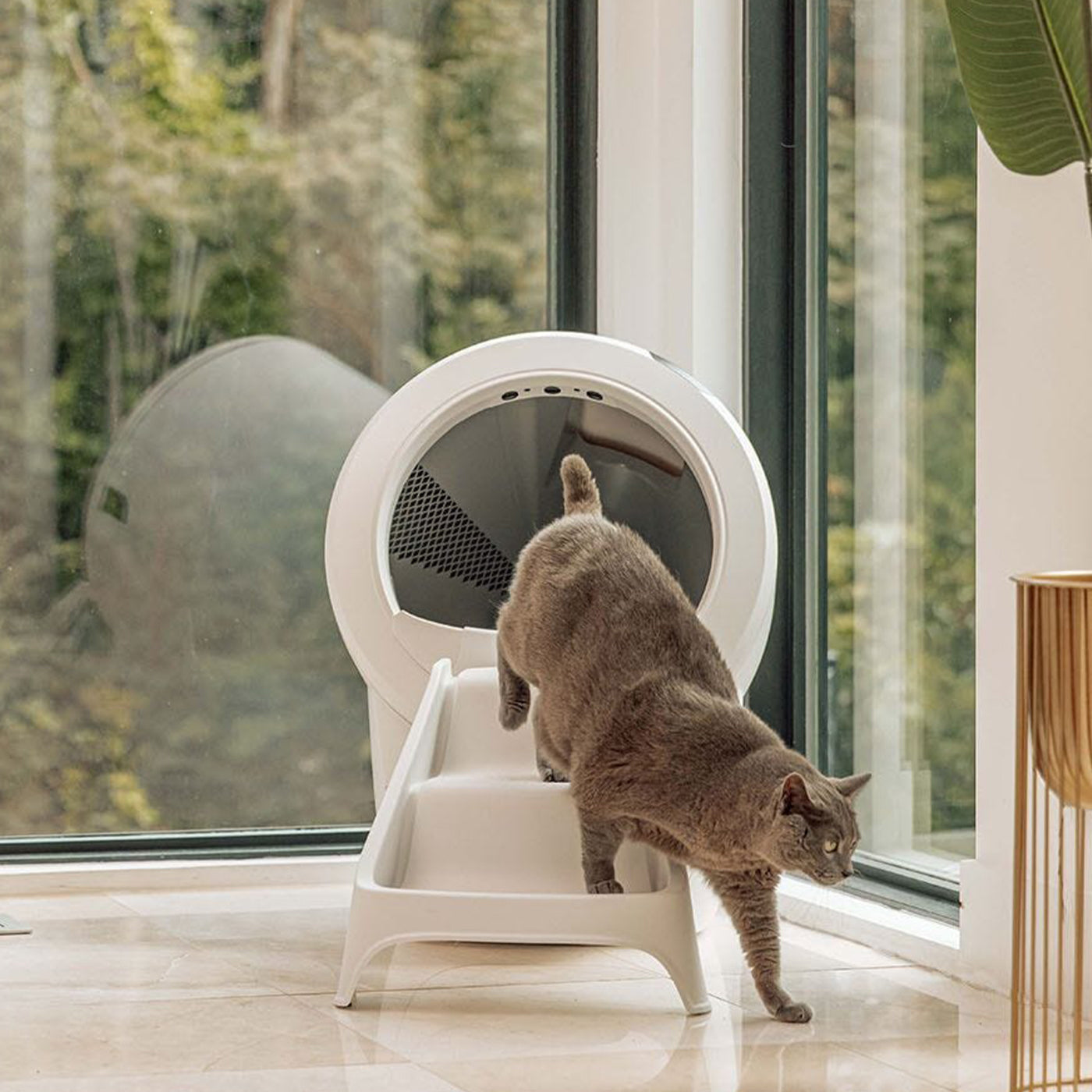



![[color:purple]](http://www.lordsandlabradors.co.uk/cdn/shop/products/halti-walking-harness-red-lifestyle.jpg?v=1636727628&width=533)







